Anigozanthos Bush Tenacity Tissue Culture
$6.87
Anigozanthos Bush Tenacity Plant (Aegle marmelos) is a very unique and attractive plant that can be found growing in the Mediterranean. It’s a good plant for landscaping gardens, as it’s a deciduous shrub, that requires little maintenance.
Out of stock
SKU: ANIBUS700105T
Category: Tissue culture
Anigozanthos Bush Tenacity uses and Health Benefits:-
- The Anigozanthos Bush Tenacity Plant is part of the family of evergreen vines which includes a large number of species. The genus name, “Aegle”, comes from Greek words meaning “brave and strong”. “Marmelos” is an ancient Greek word meaning “marble”.
- The Anigozanthos Bush Tenacity Plant is a deciduous shrub that grows in tropical and subtropical climates. The name “Tenacity” comes from the fact that the leaves are usually thick and hard and this attribute makes them a good plant to have as a hedge or border. The main characteristic of the Anigozanthos bush is that it has a strong habit of producing new leaves each year. This habit of leaf production makes it an excellent source of food for birds and insects.
- The Anigozanthos Bush Tenacity Plant is native to the Mediterranean and is known to grow as far north as Greece. It has been introduced into North America and has become established in southern states such as Florida and Texas. The name “Tenacity” was given to the Anigozanthos bush because it’s a highly tenacious plant. It will not bud off if you attempt to dig it up but will not grow if you try to pull it.
- The Anigozanthos Bush Tenacity Plant should be repotted every other year. If the root ball becomes too large it will become susceptible to insects, especially ants. To report your plant, first, make sure that it is sitting in a cool place where the temperature is at least 60 degrees Fahrenheit. In winter you can even use the heat from your home’s furnace to freeze the root ball.
- In general, the Anigozanthos Bush Tenacity Plant likes warm weather and humid conditions. It’s a good idea to make sure that the soil on which it is planted is rich with compost so that it can absorb nutrients from the compost. The soil should also be moist but not wet.
- Soil is what provides the plant’s nutrition and water. It’s a good idea to water the plant regularly, but not too often. Some people keep a water sprinkler near the plant’s roots so they can water the plant as needed, however, if the water drips onto the soil below the plant it could discolour the roots. Some Anigozanthos bushes have been known to survive for years on just a sprinkler head of water.
- The Anigozanthos Bush Tenacity Plant likes full sun but is not a shade tree, it does well with moderate shade. It will grow best in loose sandy soil with good drainage.
- When pruning the bush, only cut away about half the growth at a time. This allows the plant to develop new roots and allow the original one to get all of the moisture it needs. After the original plant has dried out the Anigozanthos bush can be reported. When reported, this plant will start producing new shoots and foliage in the new growth area. This plant will grow faster than it would without pruning.
- The new growth is just as strong as the original but much thinner. Pruning just cuts the old-growth off and allows for the new growth. If you’re not sure if an individual shoot is a new growth you can look for some of the new shoots to be thicker than the rest. That way you know it is.
- When pruning the Anigozanthos Bush Tenacity Plant you must take care to avoid damaging the roots by pulling them as they can easily become infected by insects or fungal infections. Some pests that thrive in the plant’s environment include white grubs, silverfish and ants.
- If you are not sure how to prune your plant, talk to a professional about it and he/she will probably recommend a type of pruning that will cause the growth to spread evenly over the entire plant and not sever the new growth. Pests that may harm the plant are black rot, root rot and red spider mites.
Be the first to review “Anigozanthos Bush Tenacity Tissue Culture” Cancel reply
Related products
Tissue culture
$6.87
Tissue culture
$9.33
Tissue culture
$7.74
Tissue culture
$7.74
Tissue culture
$6.87
Tissue culture
$9.33
Tissue culture
$8.22
Tissue culture
$9.33

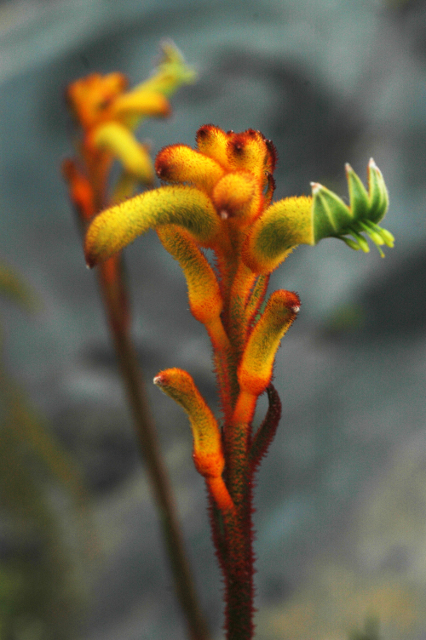
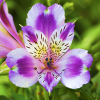
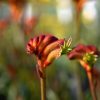
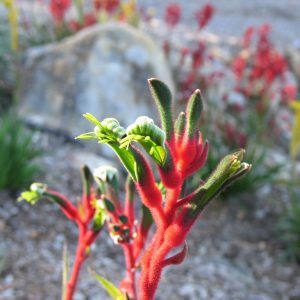
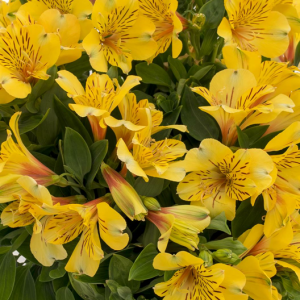
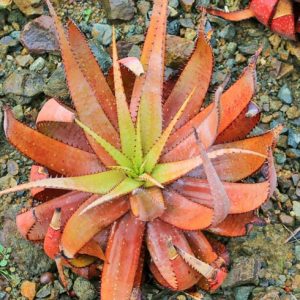
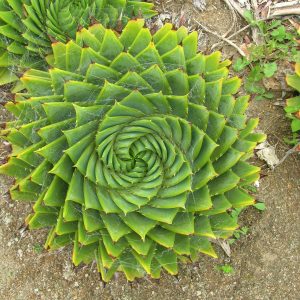
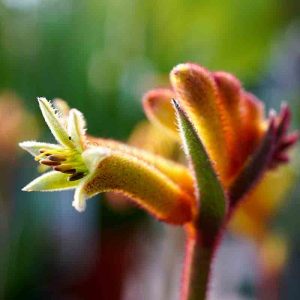
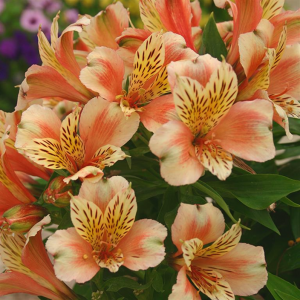
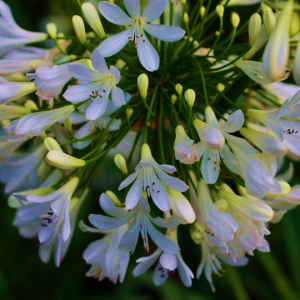
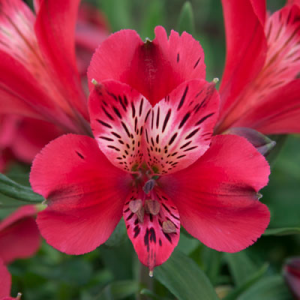
Reviews
There are no reviews yet.